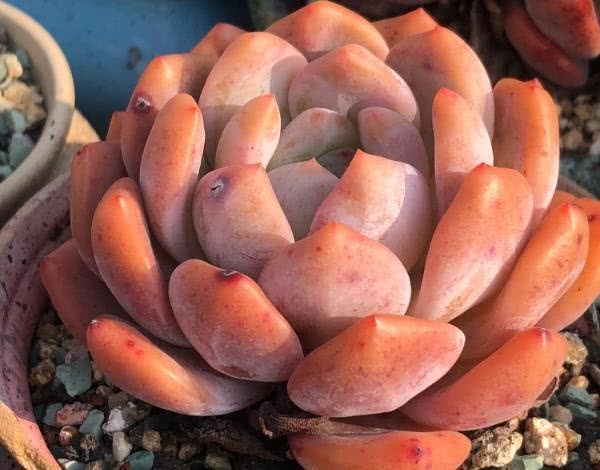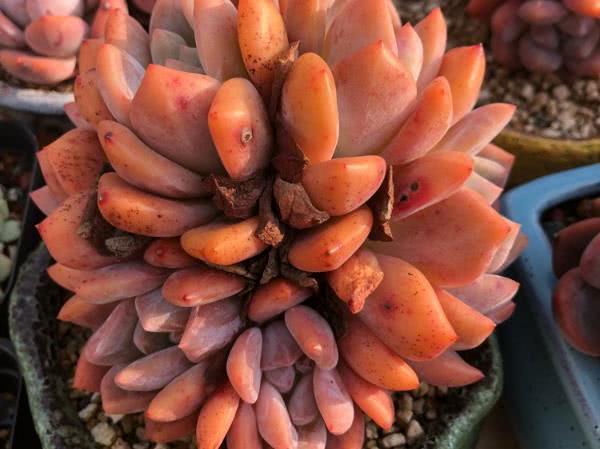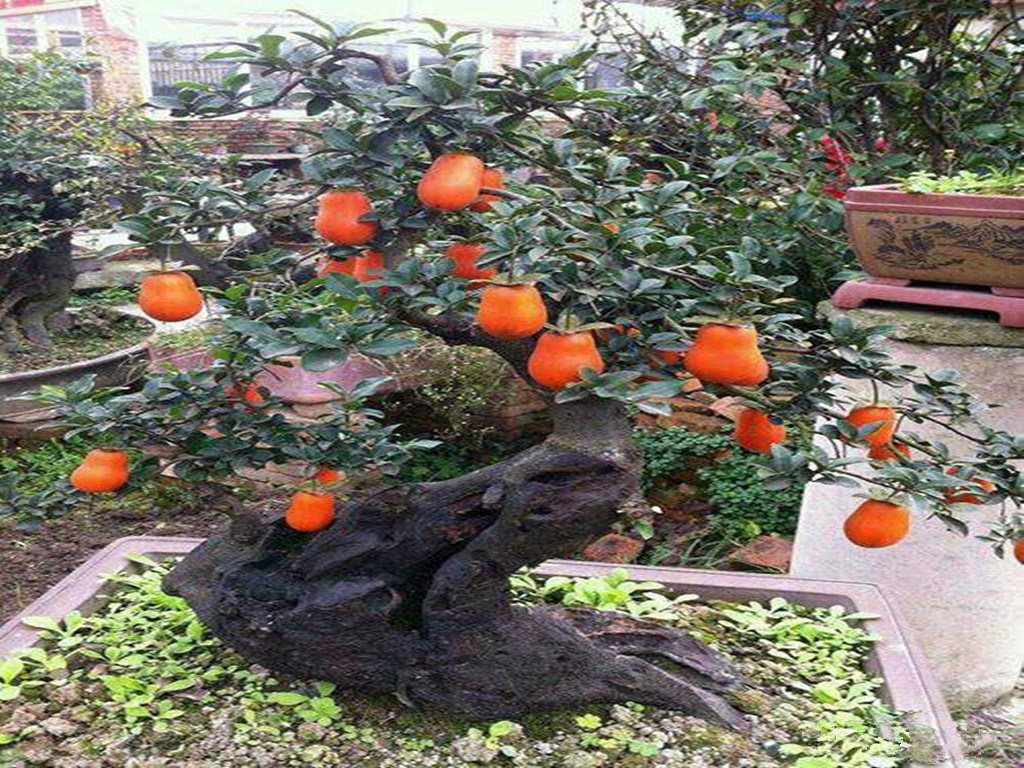Succulent plants must be properly treated after rotting roots in order to restore their health.

When it is judged that the succulent plant has rotten roots, the following rescue measures should be taken: remove the plant from the flowerpot, pick out the outer living soil, find out the rotten root, cut the rotten root from its base with scissors, and then disinfect the wound with 0.1% potassium permanganate solution, or apply clean plant ash to the wound, and then change the pot or plant again. The seriously damaged part of the wound and root system should be filled with clean wet sand and covered with clean cultivation soil to promote the germination of new roots in the wound.
The second treatment: pull out the succulent roots and wash the roots, and cut off all the moldy parts. Wipe off the wound and moldy area with carbendazim and then dry for about three days. Re-root the processed meat, which can be hung at the mouth of the bottle and put water below but do not touch the root to promote the root; it can also be replanted in granular soil, such as red jade soil and deer marsh soil.
Put the succulent plant or the mouth of the bottle in a place with plenty of light indoors, do not expose yourself to direct sunlight, and pay attention to ventilation. You don't need to water immediately as soon as you plant it, but gradually stabilize it and then water it after it has grown. The next step is to observe carefully, if nothing happens, the root will grow again in one to three weeks.
To prevent succulent plants from rotting roots, we must first master the skill of watering. The watering principle of succulent plants is that it is better to dry than wet. Spring, summer and autumn are best watered in the evening or in the afternoon, while in winter, because the temperature is too low, it is best to water at noon. When watering, pour it along the edge of the flowerpot and don't let the water pour on the leaves. Try to avoid water flowing into the center of the blade to form stagnant water, which will, like a magnifying glass, concentrate sunlight to a point and burn out the blade directly.
Although succulent plants can be raised all over the country, if you are lucky enough to live in a climate suitable for succulent plants, it can save you a lot of thought and time, and succulent plants can grow well on their own. For example, in summer in Weihai, Shandong Province, the highest temperature is only 30 degrees, which lasts only about 10 days, and then falls back to more than 23C-28 degrees every day, and because it is a coastal city, there is a constant sea breeze blowing every day, so the actual temperature will be lower and very cool. Such a climate for succulent plants, almost directly beyond the characteristics of summer dormancy, succulent plants are almost entirely in a state of growth and can be safely watered.
The best breathable pottery pot is more suitable for raising succulent plants, because there is no situation of waterlogged plants, even if it is dry, as long as the succulent plants do not die, the state will improve after watering, which is very suitable for beginner lovers. But the pottery pot also has the disadvantage that the water volatilizes too quickly and the bottom of the flower does not hold water, which will slow down the growth rate of succulent plants. Because there is not enough water for the succulent plant to grow, the moisture evaporates before the succulent plant is fully absorbed.
Here is a gathering place for succulent plant lovers, sharing succulent maintenance skills, welcome to follow and exchange.
- Prev

Spring and autumn is the growing season for succulent plants. Water is becoming more and more beautiful.
For the maintenance of succulent plants, in the north, water is watered once a week in spring and autumn and a little in winter and summer. In the south, according to the situation, reduce or increase the amount of water, the humidity in the south is high but the sun is poisonous. Spring, autumn and winter, every.
- Next

It can be said that the man who sold the pile was a lion with a big mouth, but the buyer did not think so and added a 0 at the end.
It can be said that the man selling the pile was a lion's big mouth, but the buyer did not think so, and unexpectedly added a 0 at the end. People often say that having money is self-willed. After watching such a scene today, what I want to say is that it is only self-willed if there is a pile. Because I want to.
Related
- Wuhan Hospital Iron Tree Blooming Result Was Instantly Frightened by the Gardener Master
- Which variety of camellia is the most fragrant and best? Which one do you like best?
- What is the small blue coat, the breeding methods and matters needing attention of the succulent plant
- Dormancy time and maintenance management of succulent plants during dormancy
- Minas succulent how to raise, Minas succulent plant pictures
- What are the varieties of winter succulent plants
- How to raise succulent plants in twelve rolls? let's take a look at some experience of breeding twelve rolls.
- Attention should be paid to water control for succulent plants during dormant period (winter and summer)
- Watering experience of twelve rolls of succulent plants
- Techniques for fertilizing succulent plants. An article will let you know how to fertilize succulent plants.

